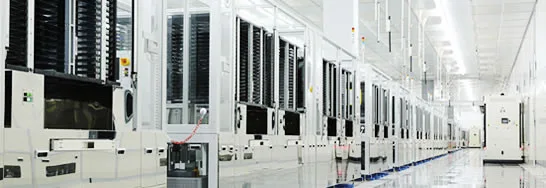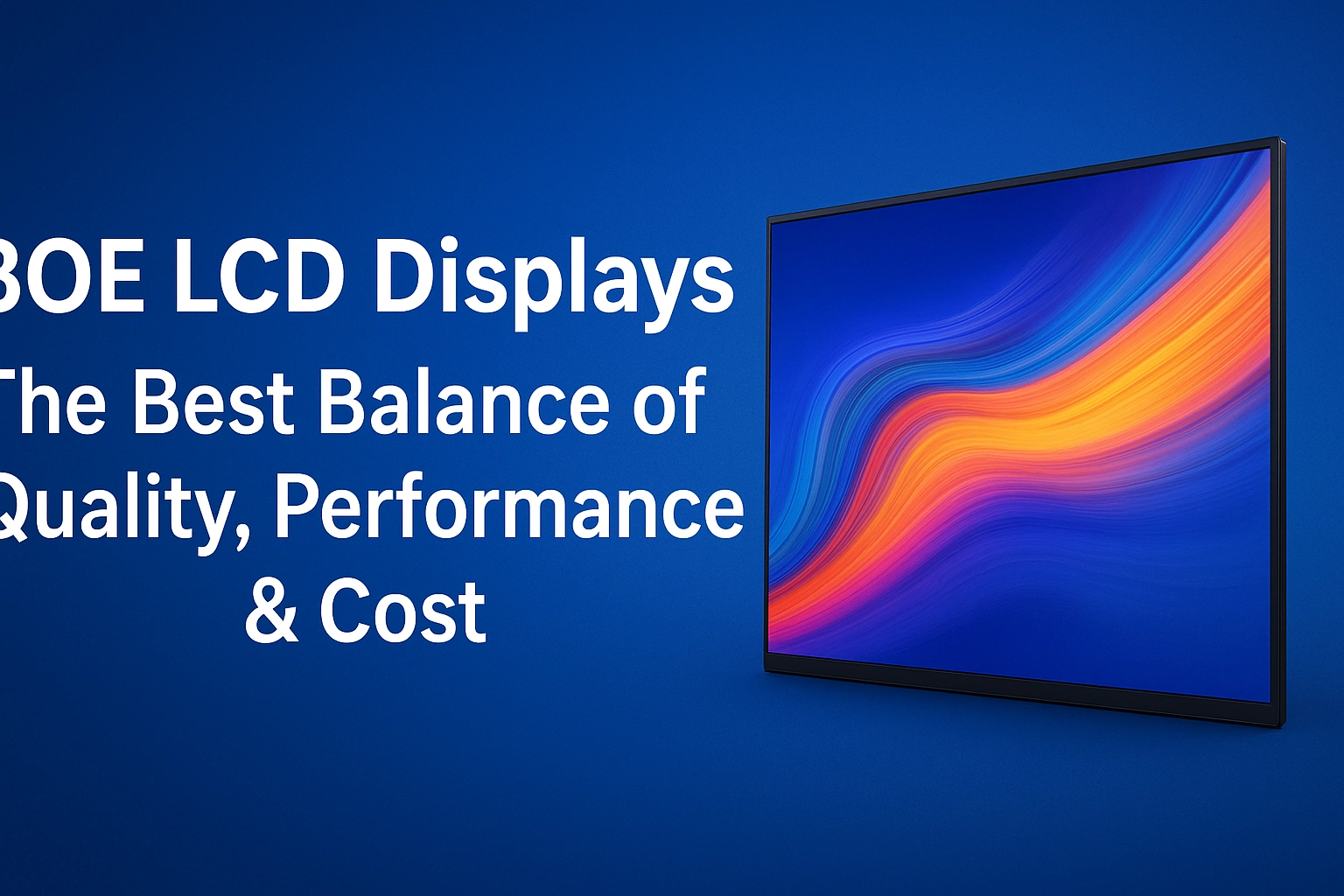As a global leader in semiconductor displays, BOE LCD displays is redefining the cost-performance standard through continuous technological breakthroughs and scale advantages. Its products match the performance of top international brands, and set a new benchmark in the industry with highly competitive prices. Below, we break down the core value of BOE LCD screens from two angles: technological heritage and product examples.
1. Technological Heritage: From Follower to Global Leader

Founded in 1993, BOE has grown into the world’s largest LCD screen supplier after 30 years of technical creative. Its 2024 financial report shows net profit grew over 100% year-on-year, and its core display business has led global shipments for years. By 2025, BOE has filed over 100,000 independent patents – 30% of which are for flexible OLED – and has ranked among the world’s top 20 for U.S. patent grants for seven straight years.
In technological innovation, BOE has built three key technology brands: ADS Pro (high-end LCD technology), f-OLED (flexible display technology), and α-MLED (active glass-based Mini LED technology). For example, its UB Cell technology, with ultra-low reflectivity (0.6%) and color consistency across all viewing angles, makes LCD screens perform almost as well as OLED. This technical strength supports high-end needs in consumer electronics and also breaks through in professional fields like automotive and industrial displays. In 2024, BOE led the world in both shipment volume and area for automotive displays, and provided custom solutions for new energy vehicle brands like Zeekr and NIO.
2. Product Example: Comparing DV370FBMN10 and P3701VN02.2
A 37-inch commercial display comparison between BOE’s DV370FBMN10 and AUO’s P3701VN02.2 shows clear value:
Key Parameter Comparison
Display performance: Both use a-Si TFT-LCD technology, with a resolution of 1920×540. They support 8-bit color depth and LVDS interfaces, meeting basic commercial needs. BOE’s model has a brightness of 700 nits; AUO’s has 770 nits. The difference comes from their backlight module designs.
Engineering design: BOE optimized its light guide plate structure to cut power consumption by 15% while maintaining brightness; AUO uses high-transmittance optical films to boost brightness. Both use anti-glare (AG) treatment to reduce ambient light interference, keeping surface reflectivity below 3%.
Price advantage: Market research shows BOE’s DV370FBMN10 costs about $95 less than AUO’s P3701VN02.2 – a 21% reduction. This gap stems from BOE’s large-scale production capacity (16 global semiconductor display production lines) and vertically integrated supply chain.
Application Fit
Public information displays: Both work well for information displays in airports and stations, but BOE’s model, with lower power consumption and better heat dissipation, fits better in public facilities that run continuously for long hours.
Industrial control terminals: BOE offers custom driver solutions that support wide temperature operation (-20℃ to 70℃); AUO’s model needs additional temperature control modules, which raises system costs.
BOE’s cost-performance edge isn’t just about low prices. It comes from three key strengths: technological innovation, scale effects, and ecosystem integration. From the commercial display example of DV370FBMN10 to strategic layouts in automotive, IT, and IoT fields, BOE is redefining value in the display industry. For business users seeking a balance of performance and cost, choosing BOE means more than just a screen – it means a sustainable technical partner. As shown in its technology lineup at DIC EXPO 2025, BOE is leading the display industry from “being visible” to “working well” with its “Screen IoT” strategy.
